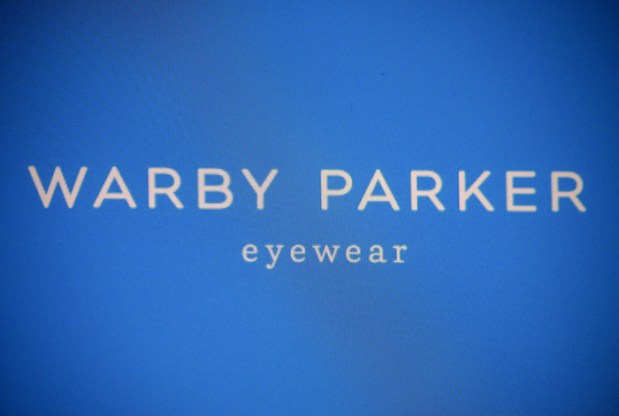Warby Parker Expands Brick-And-Mortar Presence

To help gain exposure and customer insights, Warby Parker is expanding its brick-and-mortar portfolio. The eyeglass retailer is aiming to have approximately 100 stores in the U.S. by the end of 2018, CNBC reported.
Warby Parker currently has 64 stores in markets the retailer carefully chose. The company has also experimented with pop-up stores, mobile stores and other mediums.
“We think the presentation by retail experts of ‘either [online] or [offline]’ is a false choice,” Warby Parker CEO Neil Blumenthal told CNBC. “It really is the intersection of the two … And we are trying to approach retail expansion in a very deliberate manner, where we are testing and learning.”
After Warby Parker was founded online in 2010, the retailer pioneered the strategy of eCommerce retailers opening brick-and-mortar stores. In 2013, it opened the doors of its first retail store in New York to meet customer demand for a place to try on their glasses.
In the future, Blumenthal said the company could have 800 to 1,000 physical stores, while another eCommerce retailer, Bonobos, plans to have 100 stores by 2020. “As new companies grow, they start to look more like the incumbents,” Blumenthal said in an interview with The Wall Street Journal at an event in New York hosted by consulting firm A.T. Kearney.
Warby Parker and Bonobos are not exactly unique. Many digital brands have been expanding into the brick-and-mortar space to boost online sales.
To help eCommerce stores make the move offline, mall operators are offering new ways for retailers to gain space in their buildings. Simon Property Group, for example, offers a “scaleable retail platform” called The Edit.
The Edit is basically a pop-up space where eCommerce startups can test drive physical commerce in front of a live customer audience. Its goal is to fix the old retail burdens that mall spaces often bear — inflexibility and expense — while delivering the mall’s benefits of customer foot traffic.
